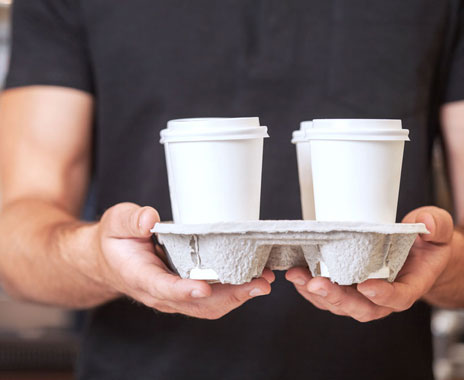It’s no secret that the value wars have made their return in the quick-service segment. This time around, however, there is a new trend emerging: value bundles are reinventing the traditional combo meal. With the trend showing no signs of slowing, these offers are providing operators with a significant opportunity for action. For quick-service operators to capitalize on this opportunity, it’s important for them to understand how value bundles evolved, where the trend appears to be heading, and how they can reinvent their traditional combos to drive business in their outlets.
Birth of the Value Bundle
Back in the 80s, traditional combo and bundled meals drove beverage incidence in quick serves. As we moved into the 2000s, value items—often priced at $1 each—caused de-bundling of combos, and traditional combos began to exceed the highest price people were willing to pay. As a result, combo incidence declined from 2008 to 2014. Now, leading quick-service concepts are responding with the launch of the “value wars”—offering a customizable “Combo of the Future” at a lower price point. Those are offers like “4 for $4” and “2 for $2.” They allow quick-service guests to customize their own bundles, usually by combining protein items, sides and beverages. With more leading quick-service concepts getting on board and evolving their value bundle strategies, the stage is set for change across the entire foodservice industry.
Business Results
The NPD Group studied leading quick serves offering value bundles and found that although value bundles are not driving the average check amount, they are driving other key metrics, such as combo incidence. Quick-service burger customers, for example, are experiencing double-digit incidence success by offering value bundles. Additionally, the NPD Group found that value bundles drive monthly visit frequency and, therefore, lead to a higher monthly spend among buyers. In fact, the NPD Group found that higher visit frequency by value bundle buyers increased the overall monthly spend per buyer by 45 percent at one leading quick serve. For two other leading quick-service concepts, higher visit frequency nearly doubled the monthly spend among value bundle buyers. Increased share of monthly quick-service spend means that these leading concepts gained higher share of wallet among all quick-service consumers. As the result of a successful value bundle offer, one leading quick serve experienced a $55 million shift from competing chains in one month.
Overall, value bundles are influencing purchase dynamics and optimizing loyalty and value appeal. They attract deal-seeking guests and drive trade-up from the dollar menu while moving them closer to the desirable profit that could be obtained from a full-value combo.
How to Capitalize
The emerging value bundle trend provides quick-service operators with a unique opportunity to reinvent their traditional combos and help drive business. The first step is to get in the game: operators should add a viable value bundle offer to their menu to be competitive and gain wallet share. Next, operators should evolve their bundle variety with tiered pricing to address multiple guest needs and drive higher checks among deal-seeking guests. In the long term, operators should retain winning value bundles as permanent menu items that drive sales and profit.
When configuring a baseline value bundle offer, it is important to consider an attractive and effective price/value ratio for value-seeking consumers. A great, affordable value proposition does not necessarily require offering the cheapest price, as many value seekers focus on what they get for the money—how the “complete meal” offer addresses their needs for variety and customization. Consumers also place a high value on beverages being offered as part of a value bundle offer.
The recent success of value bundle offers in the marketplace means quick-service operators should continuously evolve their competitive response. Adding new value bundle offers in a tiered pricing structure is essential to driving frequency and a higher check. Once operators have strategically configured their value bundle offers, they need to communicate those bundles effectively to build awareness and gain consideration among guests.












